
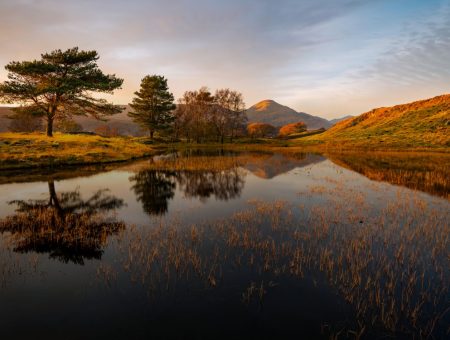
Welcome to the Sykes Impact Report where we explain our 2024 activities and how we aim to improve communities,...
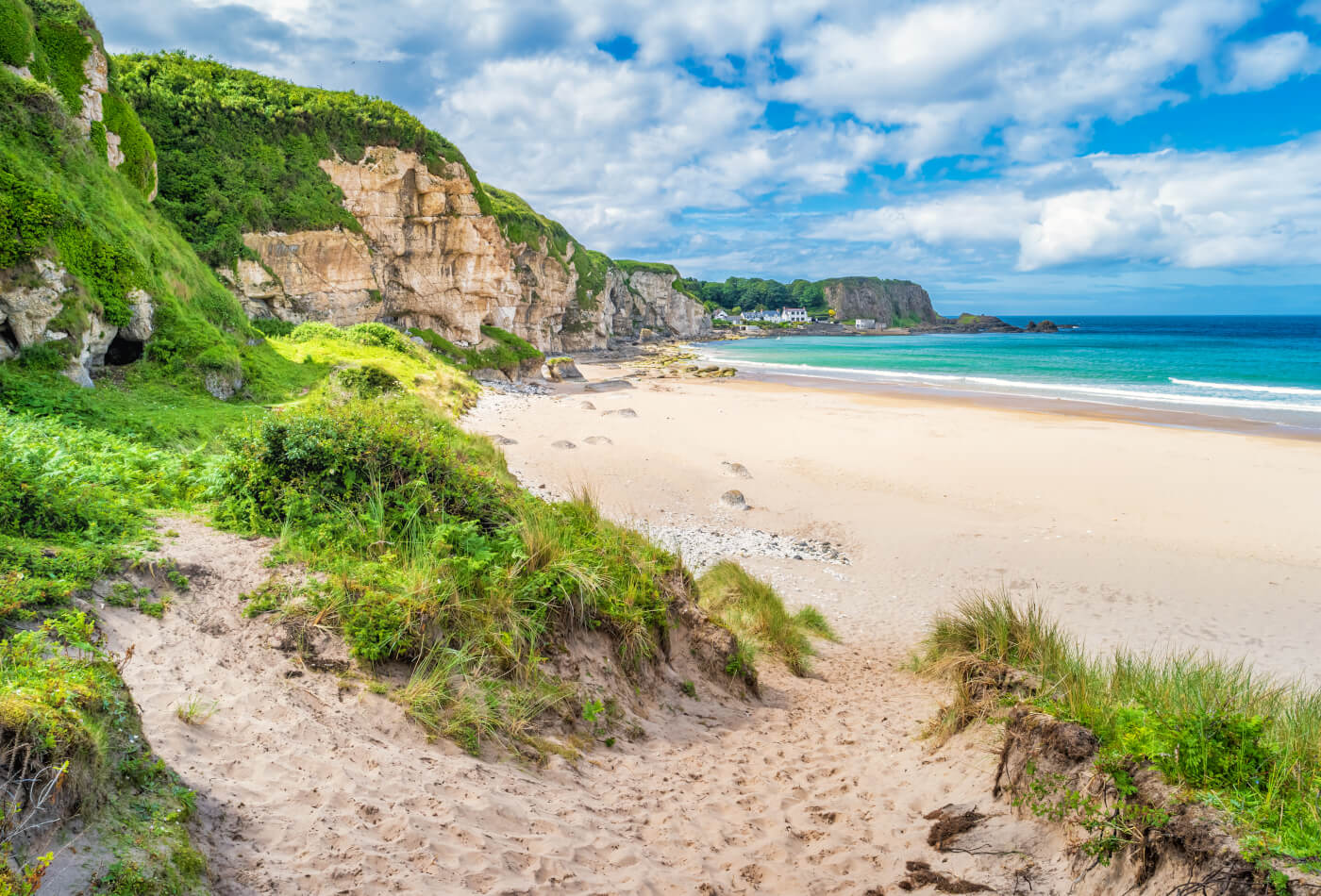
Stretching just over 400 miles in length, Northern Ireland‘s beautiful coastline spans three of its counties and is home...
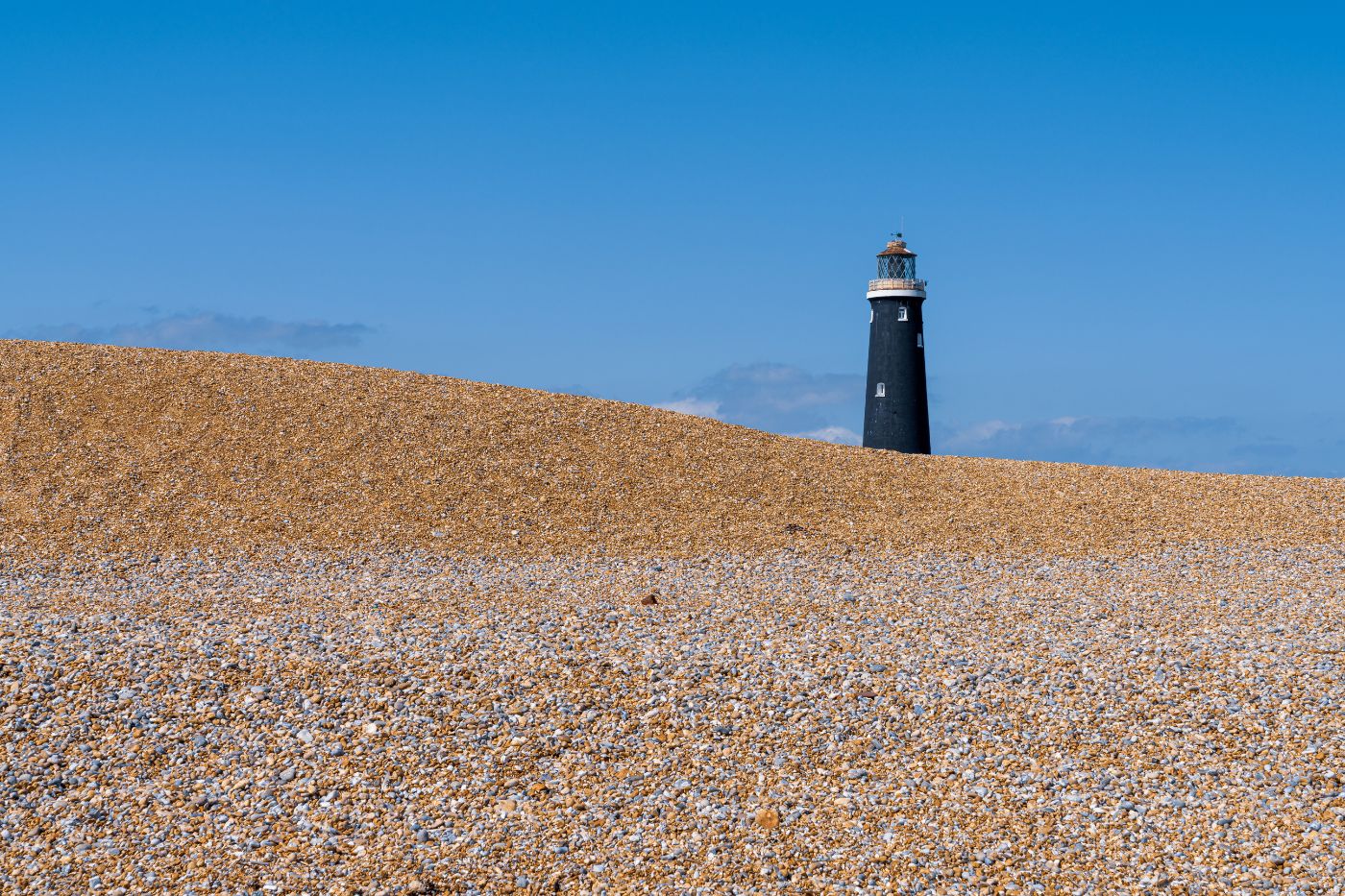
Despite being best known as the Garden of England, Kent is still brimming with stunning beaches, many of which...
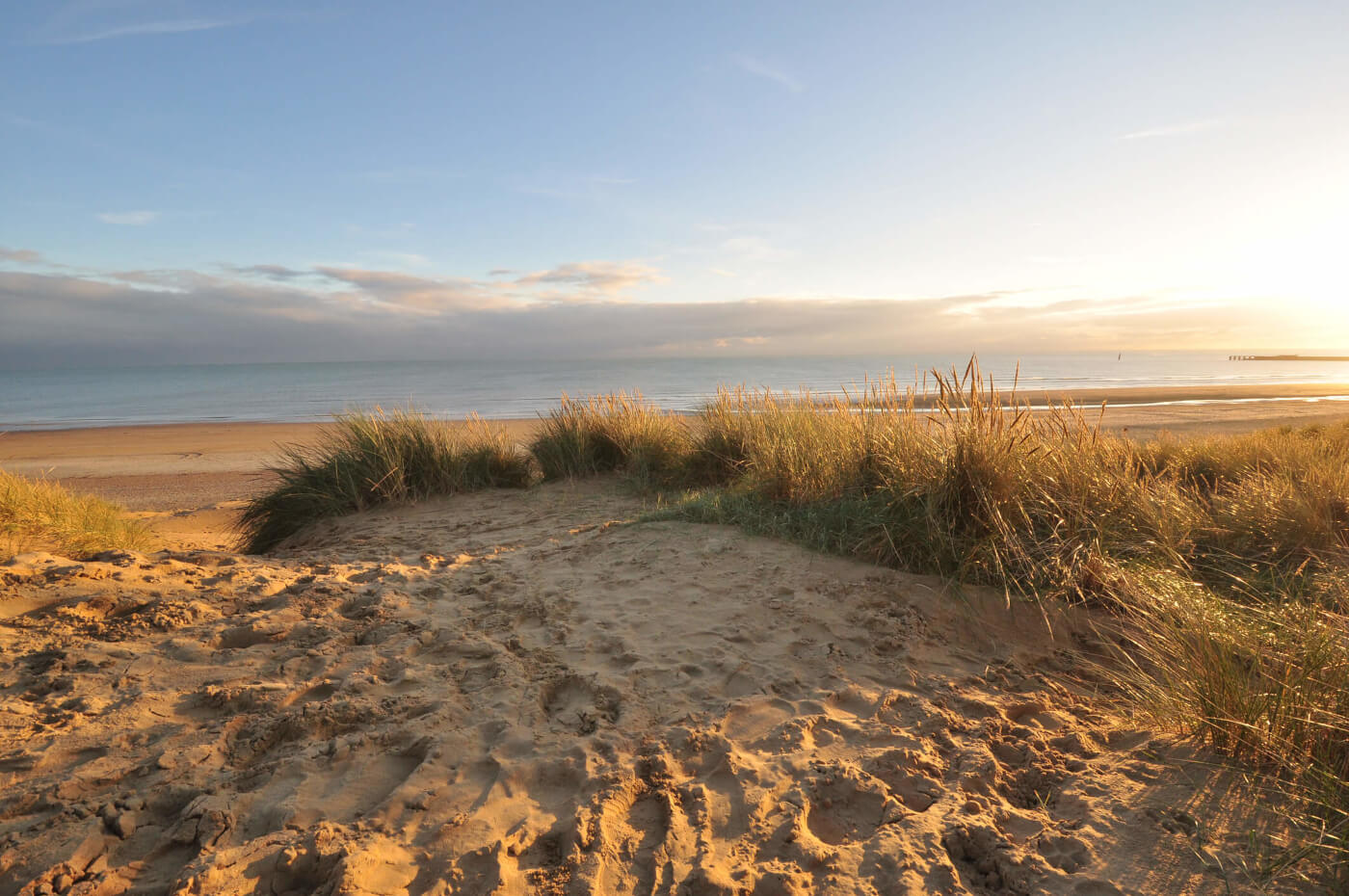
Looking to explore some of the best beaches in the UK this summer, but you’re overwhelmed with choice? Don’t...
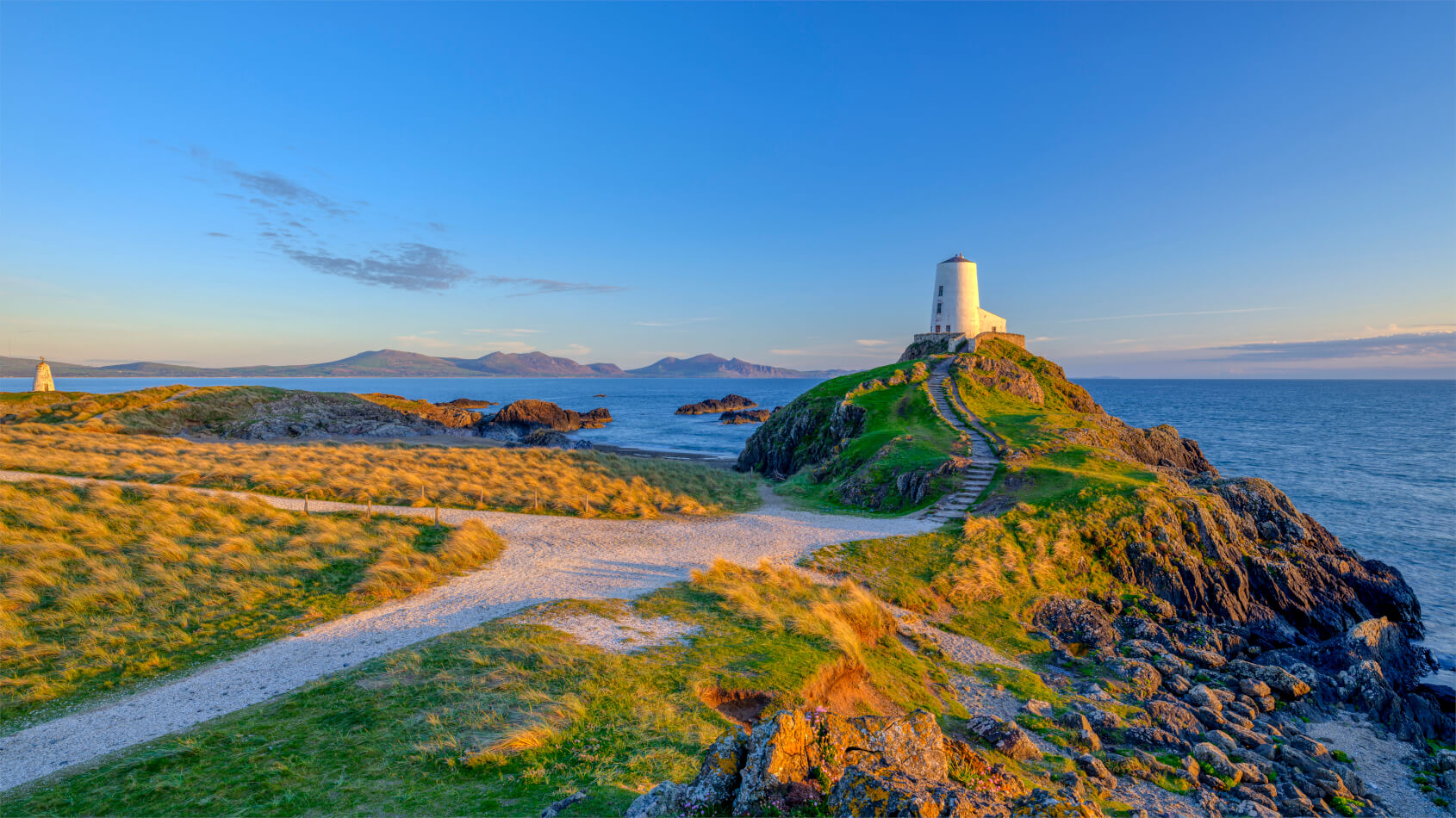
Experience some of the most beautiful locations in North Wales by visiting one of these wonderful Anglesey beaches on...
Are you on the phone to our call centre? Your Customer ID is: